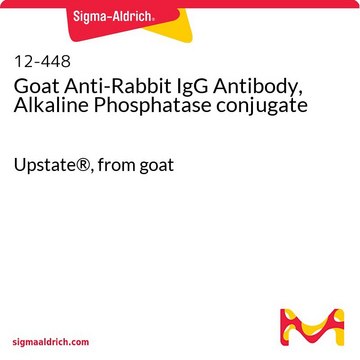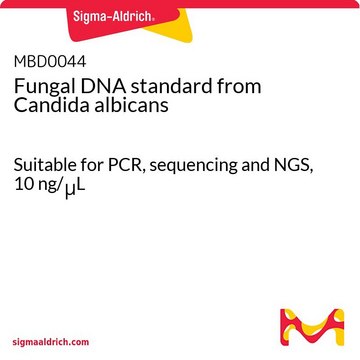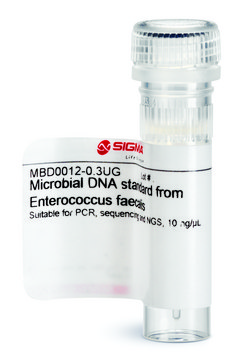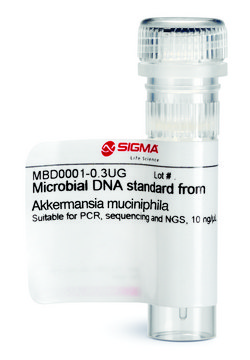Key Documents
Safety Information
179957
Methanol
≥99.6%, Laboratory Reagent grade
Synonym(s):
Methyl alcohol
About This Item
97.68 mmHg ( 20 °C)
Recommended Products
Product Name
Methanol, Laboratory Reagent, ≥99.6%
grade
Laboratory Reagent
Quality Level
vapor density
1.11 (vs air)
vapor pressure
410 mmHg ( 50 °C)
97.68 mmHg ( 20 °C)
Assay
≥99.6%
form
liquid
autoignition temp.
725 °F
expl. lim.
36 %
dilution
(for analytical testing)
Looking for similar products? Visit Product Comparison Guide
1 of 4
This Item | MBD0038 | MBD0012 | MBD0001 |
|---|---|---|---|
| technique(s) FISH: suitable | technique(s) FISH: suitable | technique(s) DNA extraction: suitable, DNA sequencing: suitable, PCR: suitable | technique(s) DNA extraction: suitable, DNA sequencing: suitable, PCR: suitable |
| shipped in ambient | shipped in ambient | shipped in ambient | shipped in ambient |
| storage temp. −20°C | storage temp. −20°C | storage temp. −20°C | storage temp. −20°C |
| Quality Level 200 | Quality Level 200 | Quality Level 200 | Quality Level 200 |
General description
Application
Signal Word
Danger
Hazard Statements
Precautionary Statements
Hazard Classifications
Acute Tox. 3 Dermal - Acute Tox. 3 Inhalation - Acute Tox. 3 Oral - Flam. Liq. 2 - STOT SE 1
Target Organs
Eyes,Central nervous system
Storage Class Code
3 - Flammable liquids
WGK
WGK 2
Flash Point(F)
49.5 °F - closed cup
Flash Point(C)
9.7 °C - closed cup
Regulatory Information
Choose from one of the most recent versions:
Already Own This Product?
Find documentation for the products that you have recently purchased in the Document Library.
Our team of scientists has experience in all areas of research including Life Science, Material Science, Chemical Synthesis, Chromatography, Analytical and many others.
Contact Technical Service







